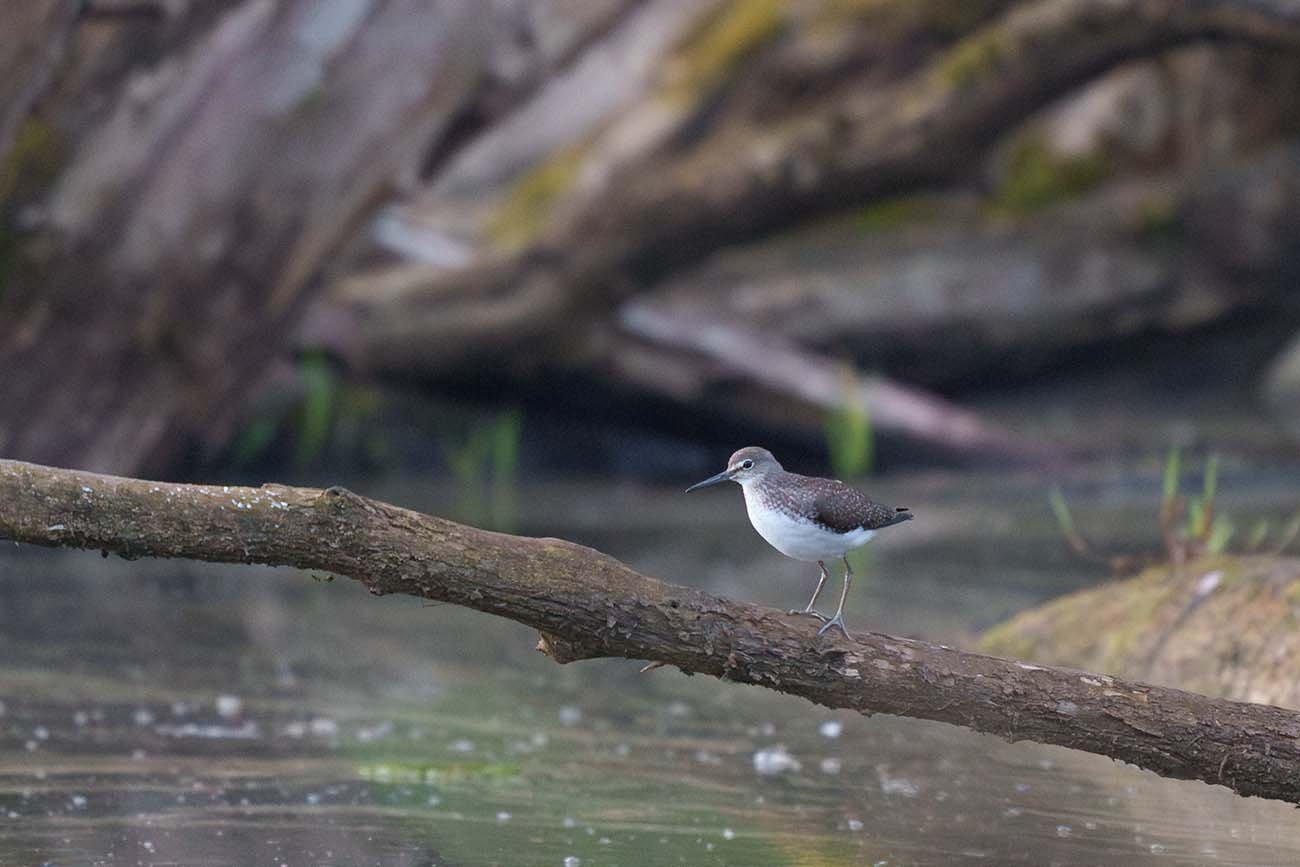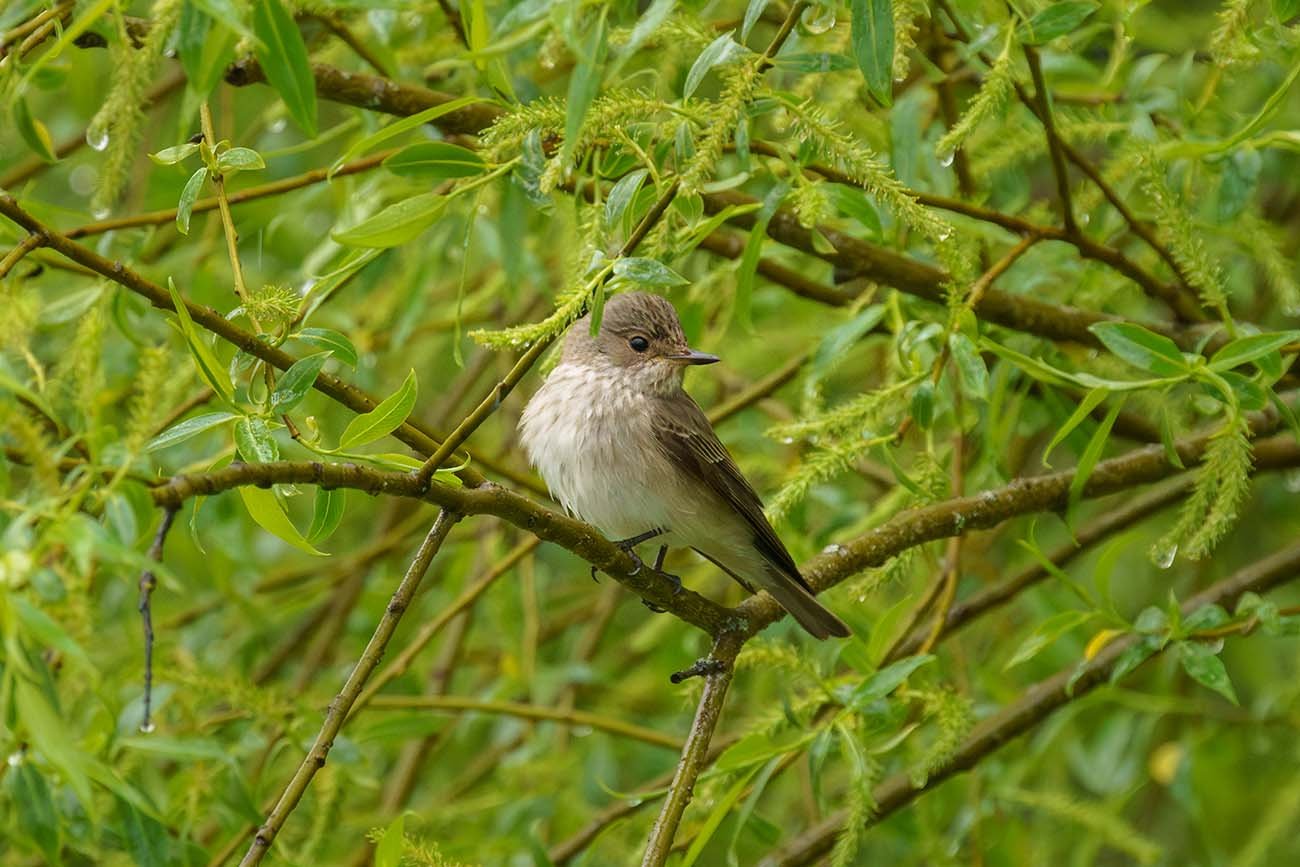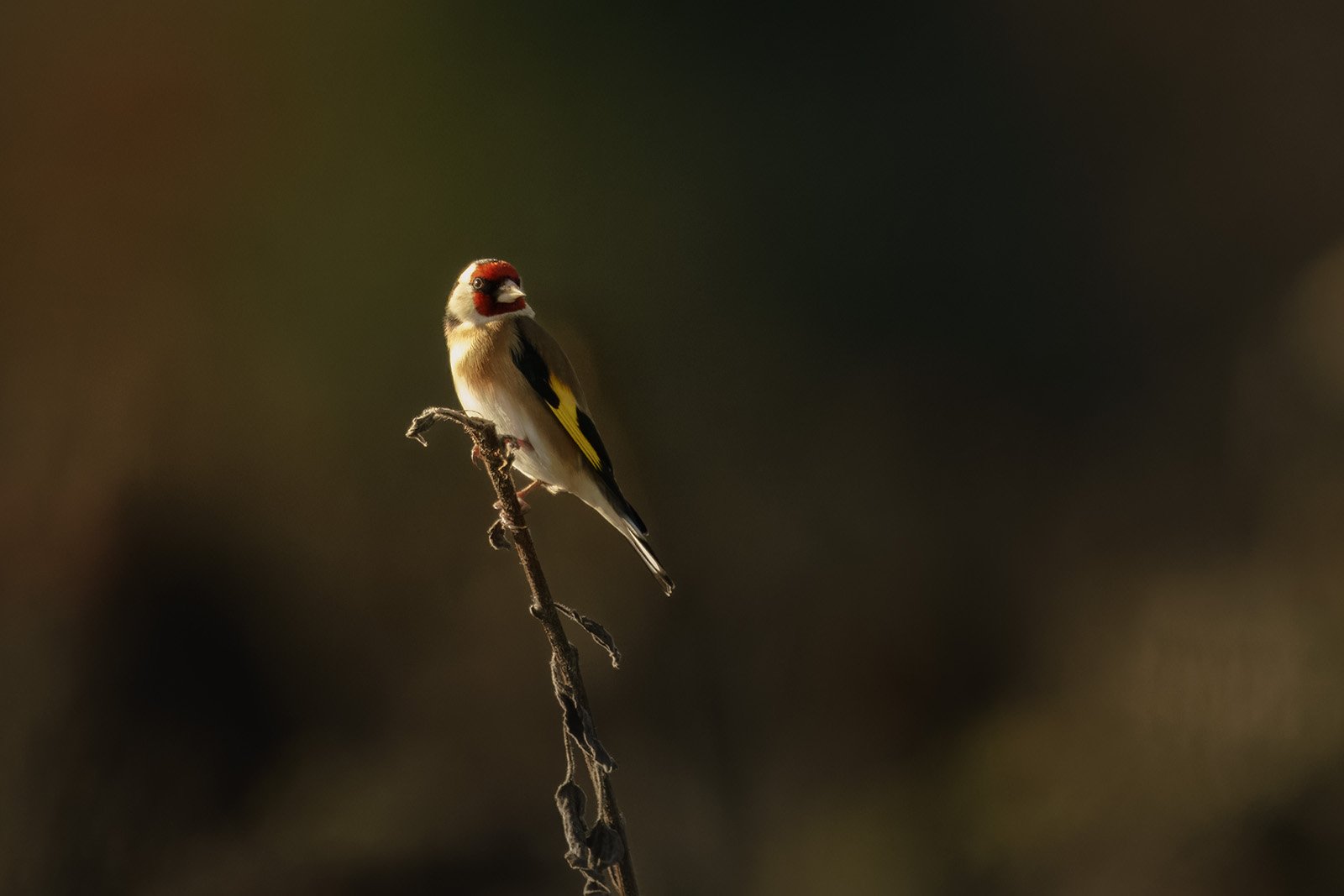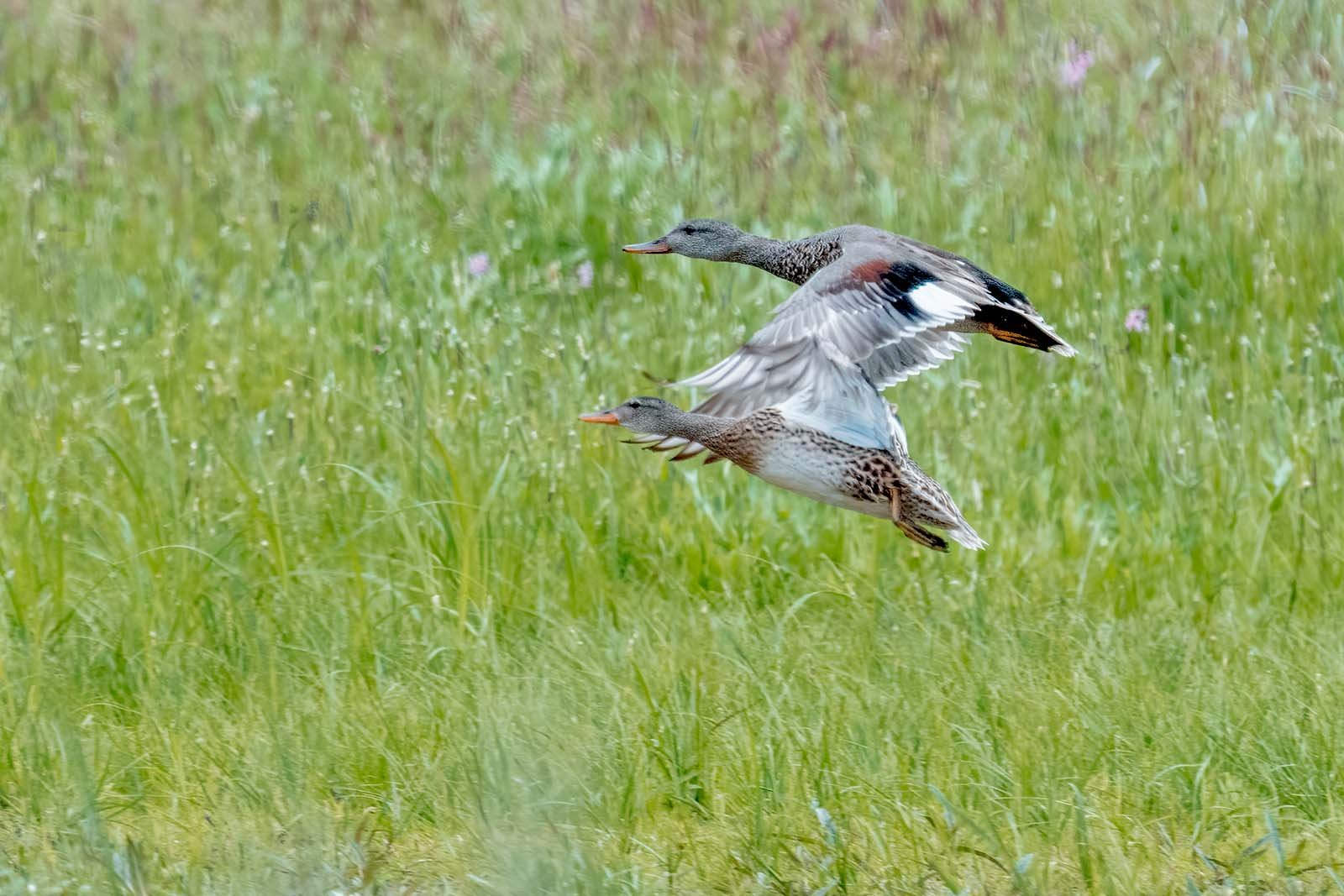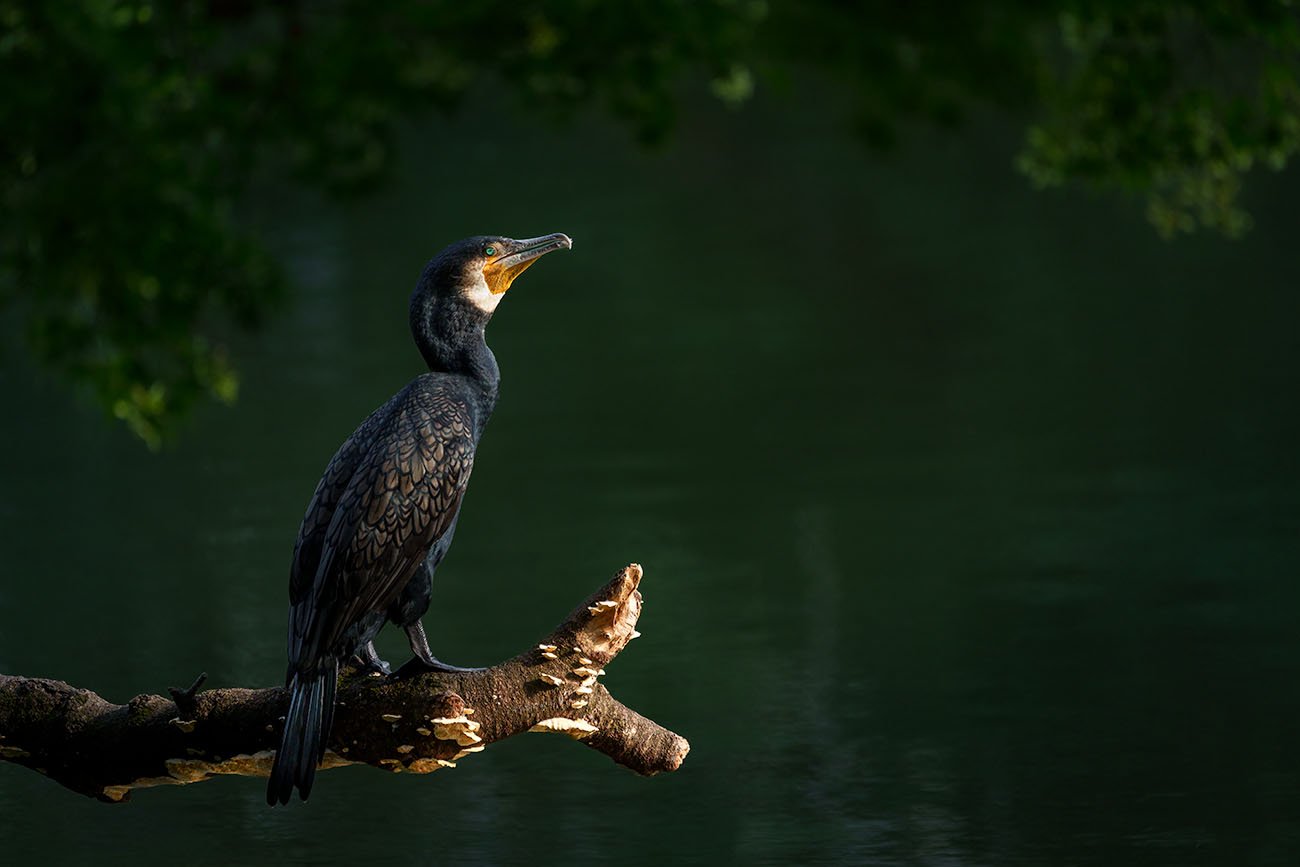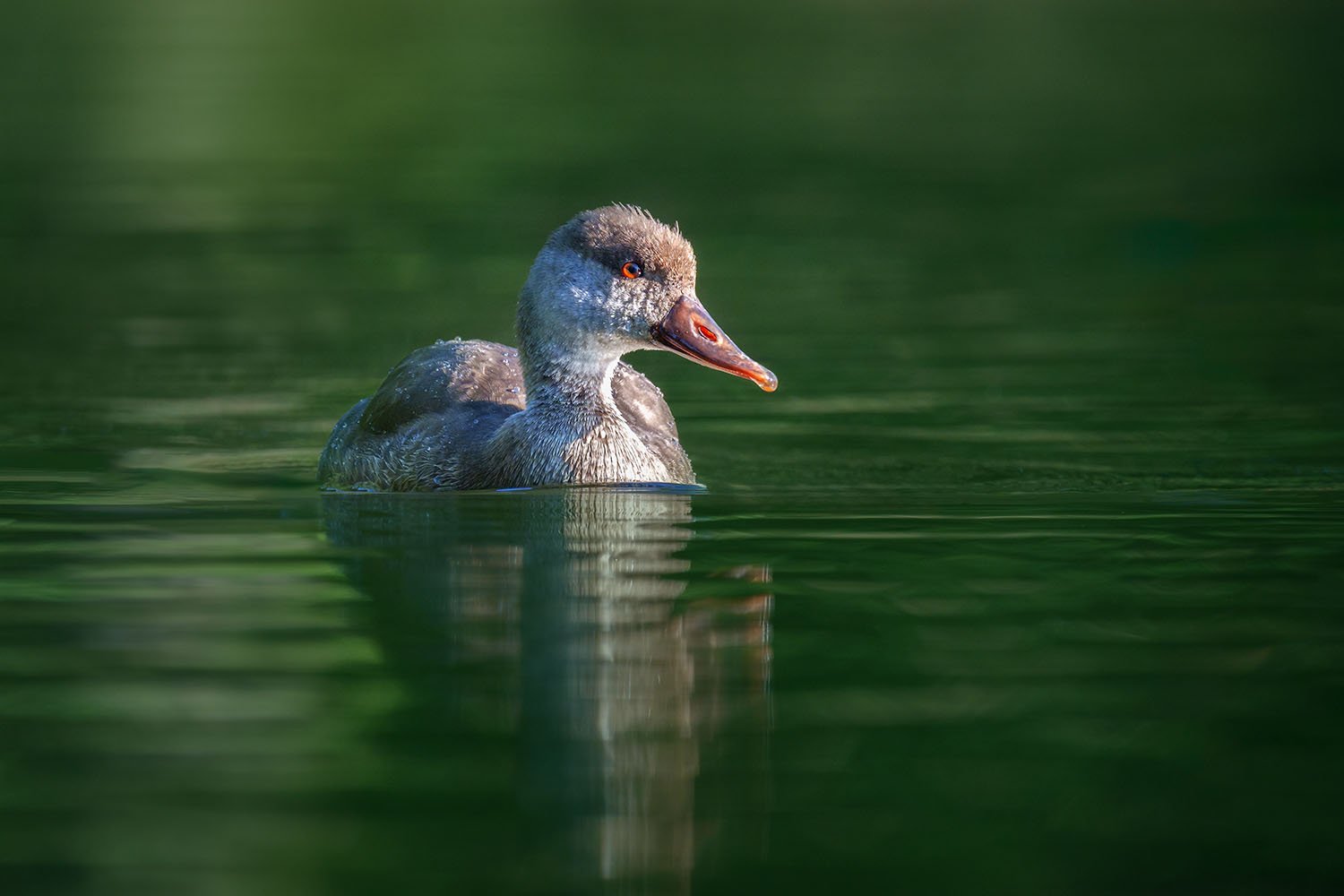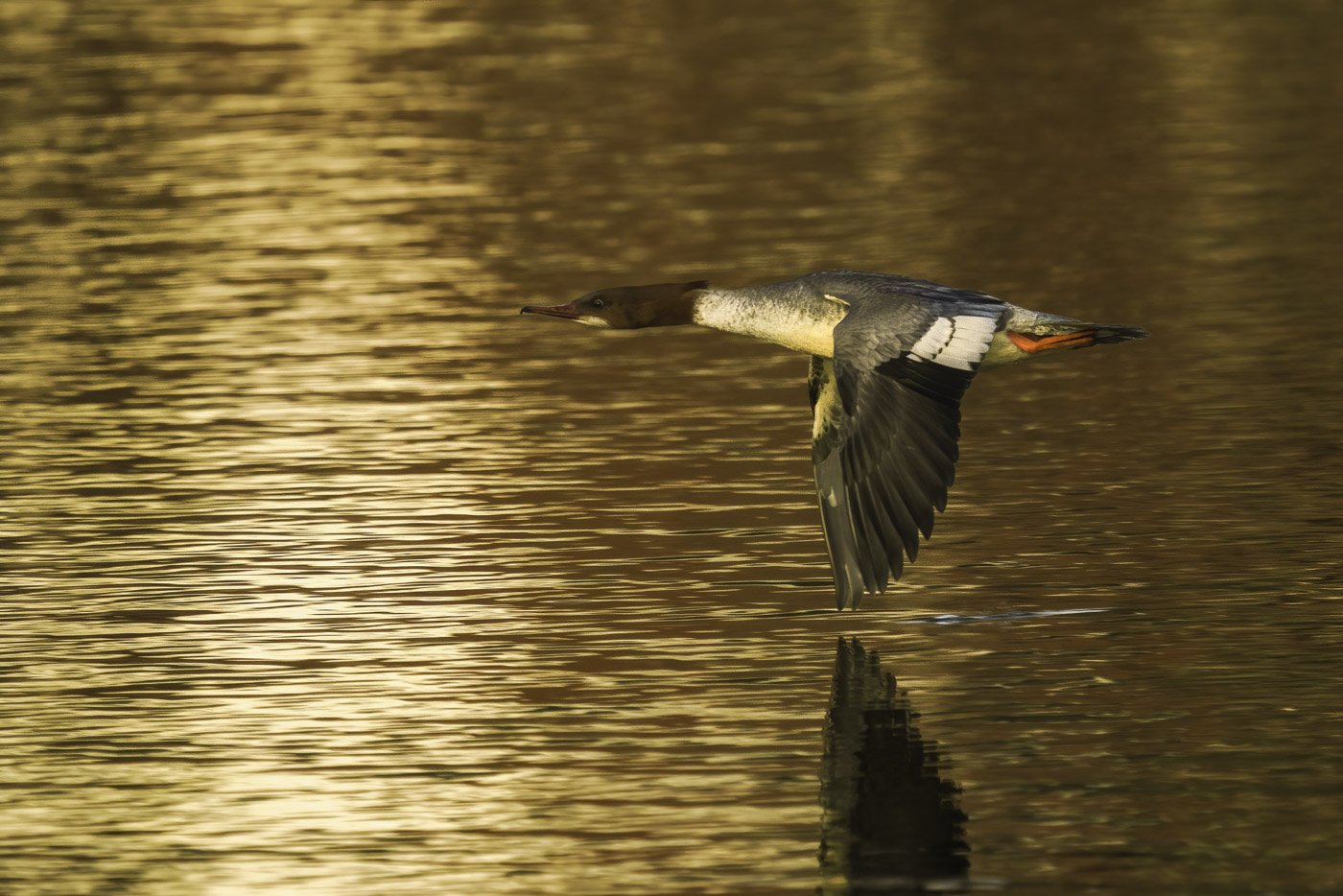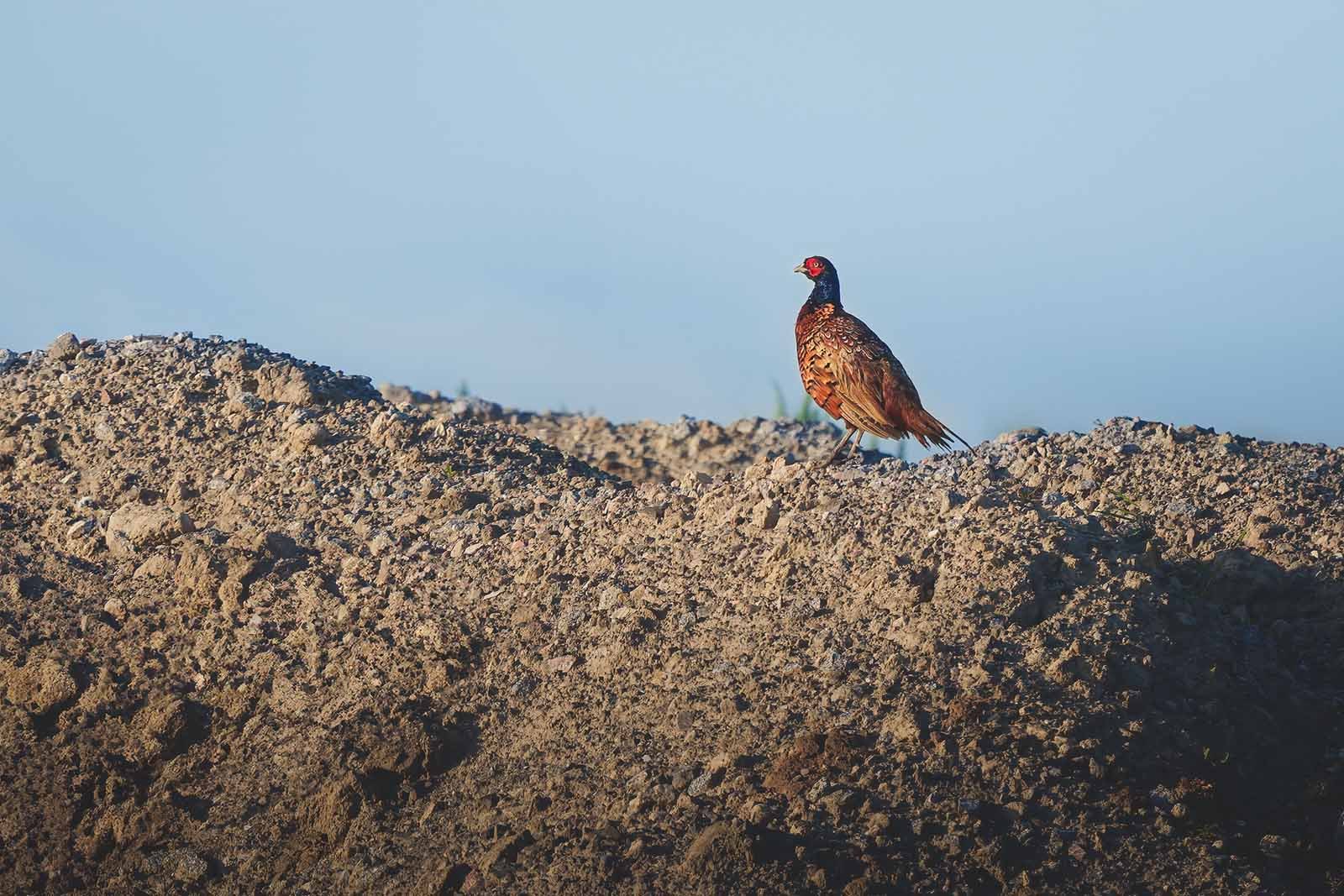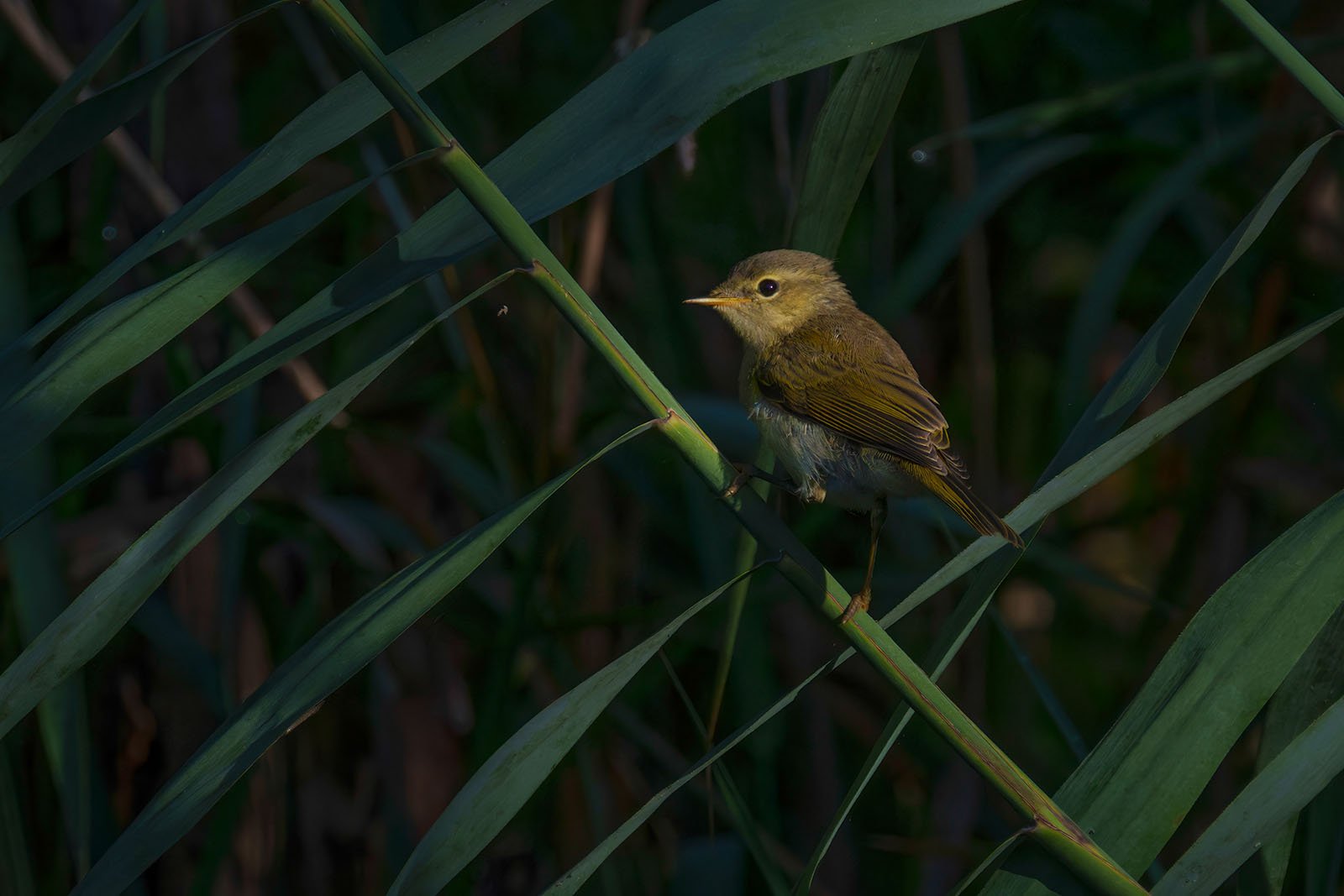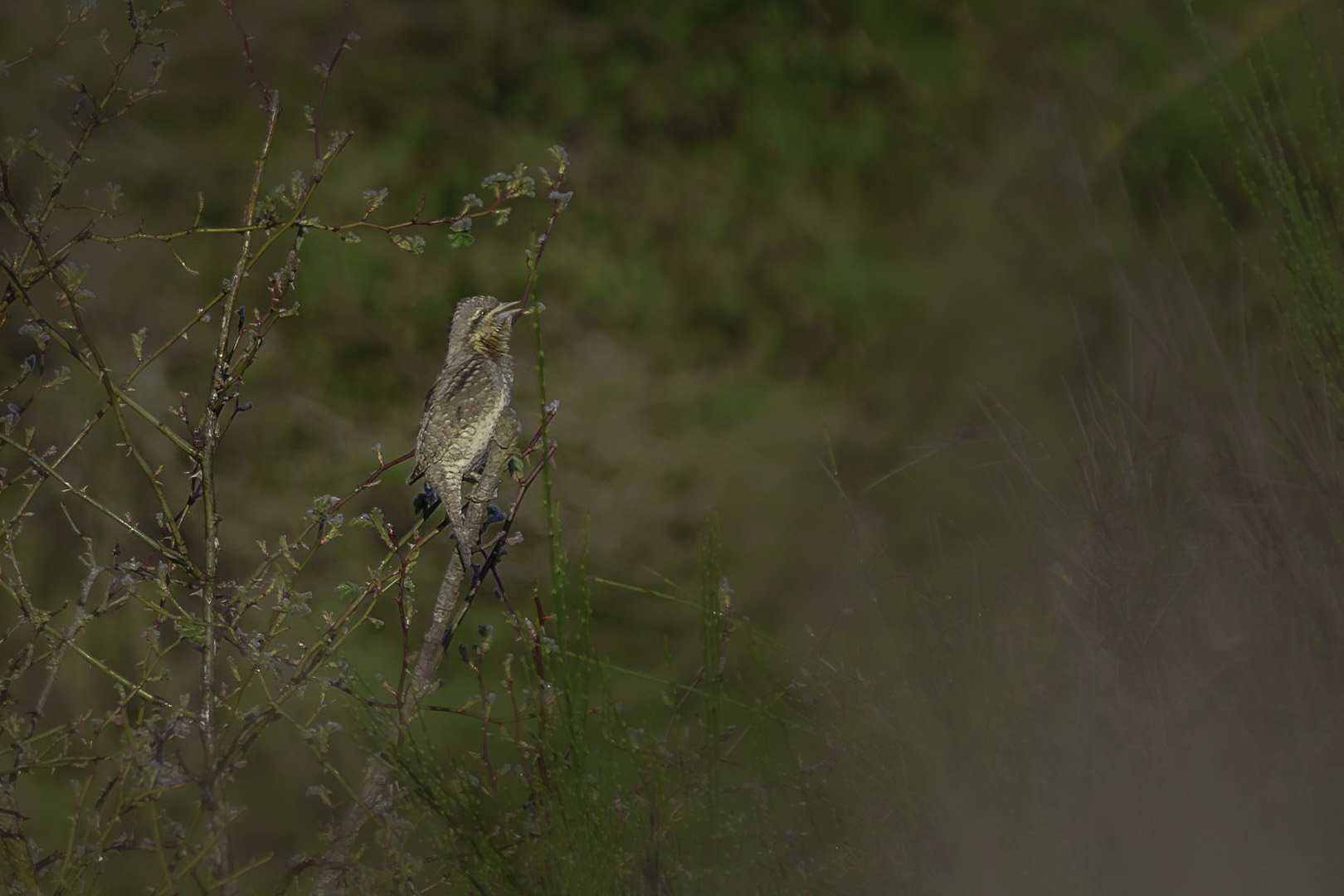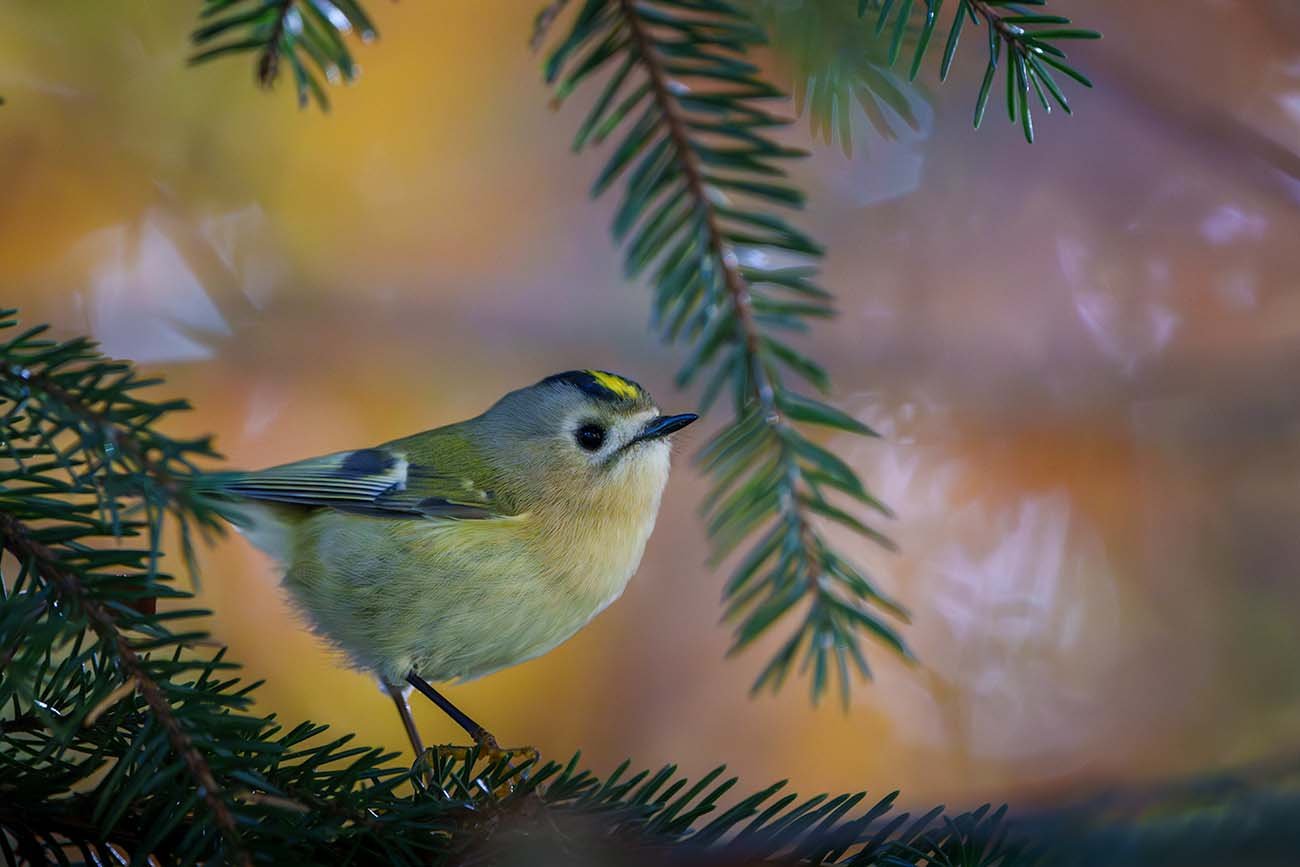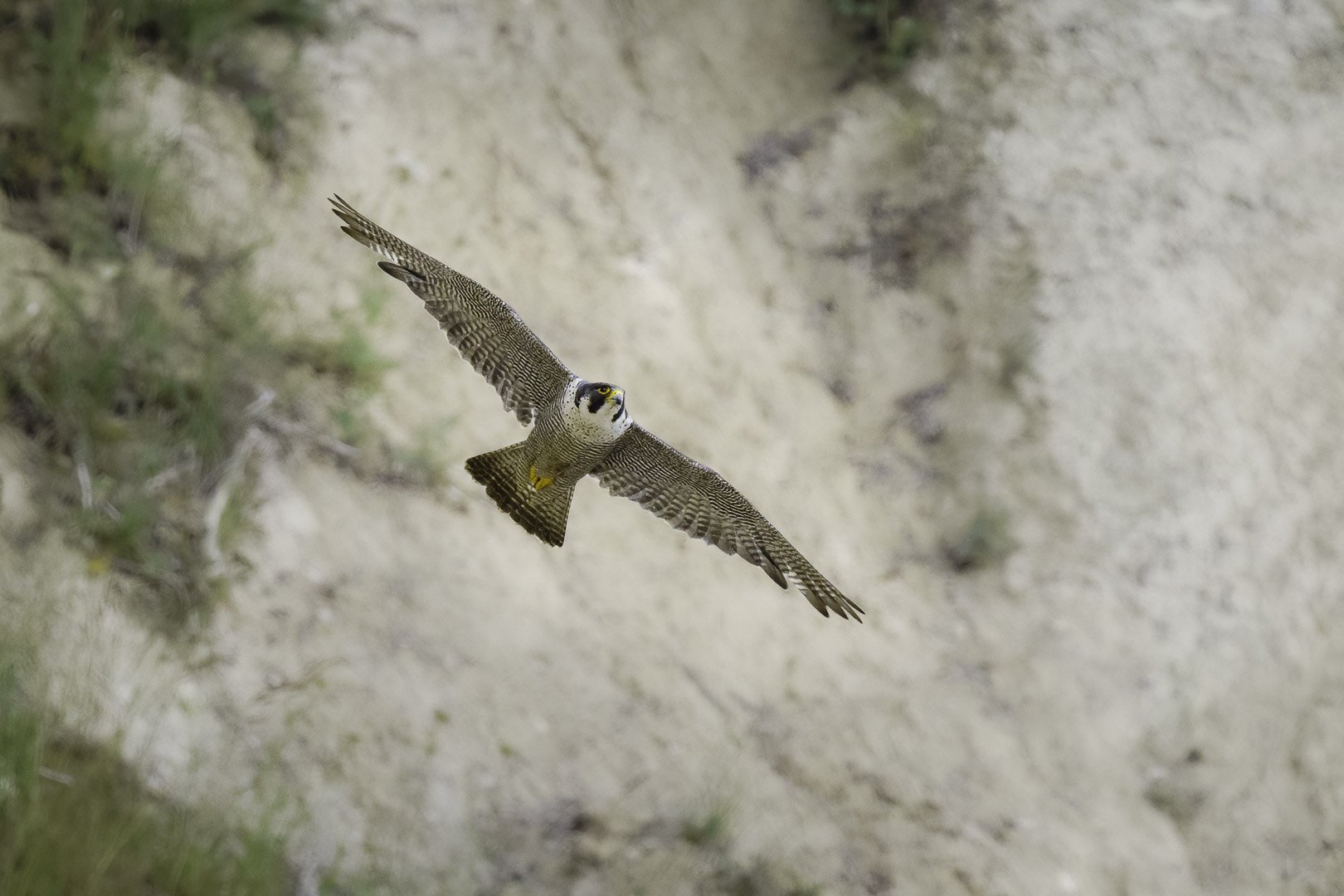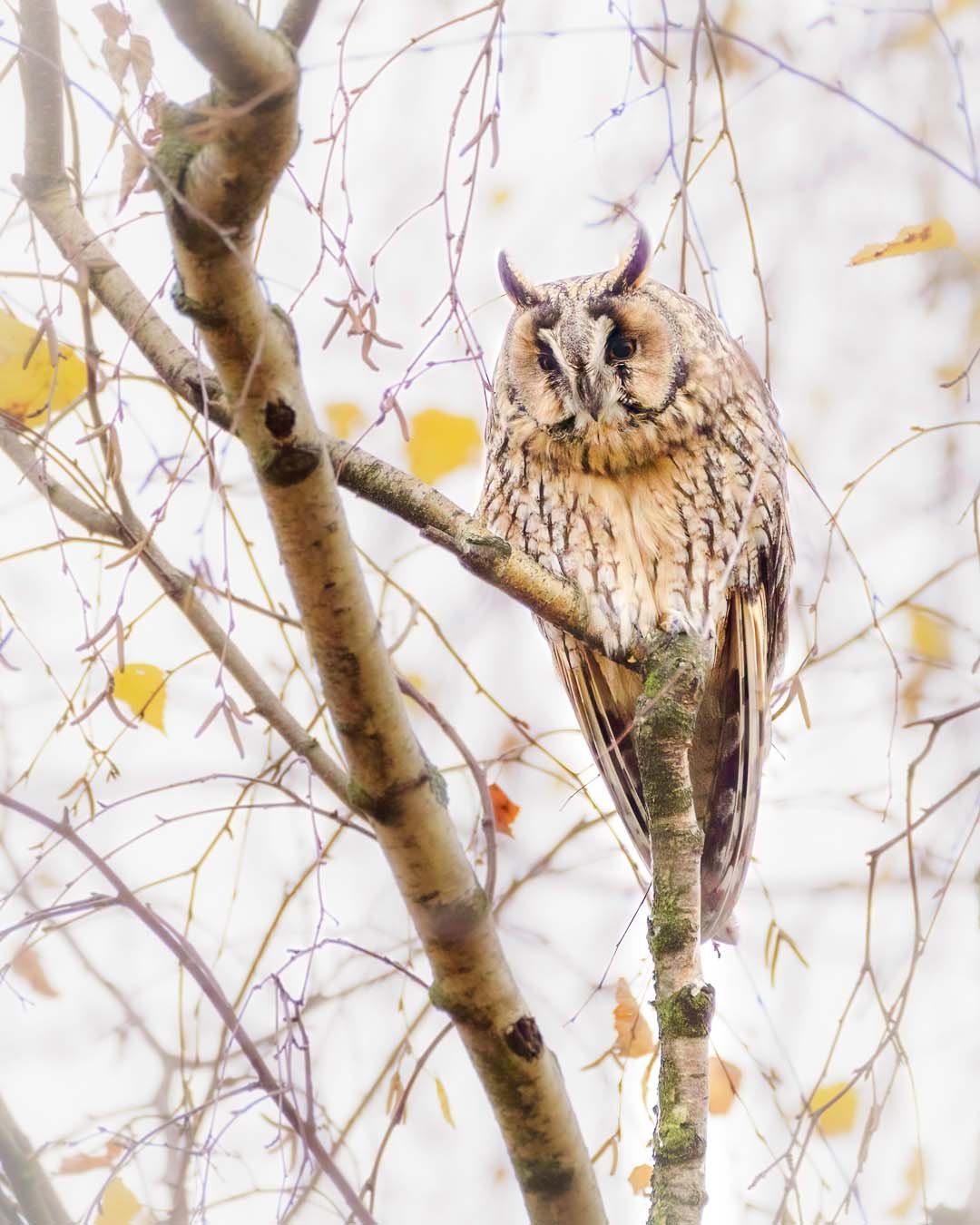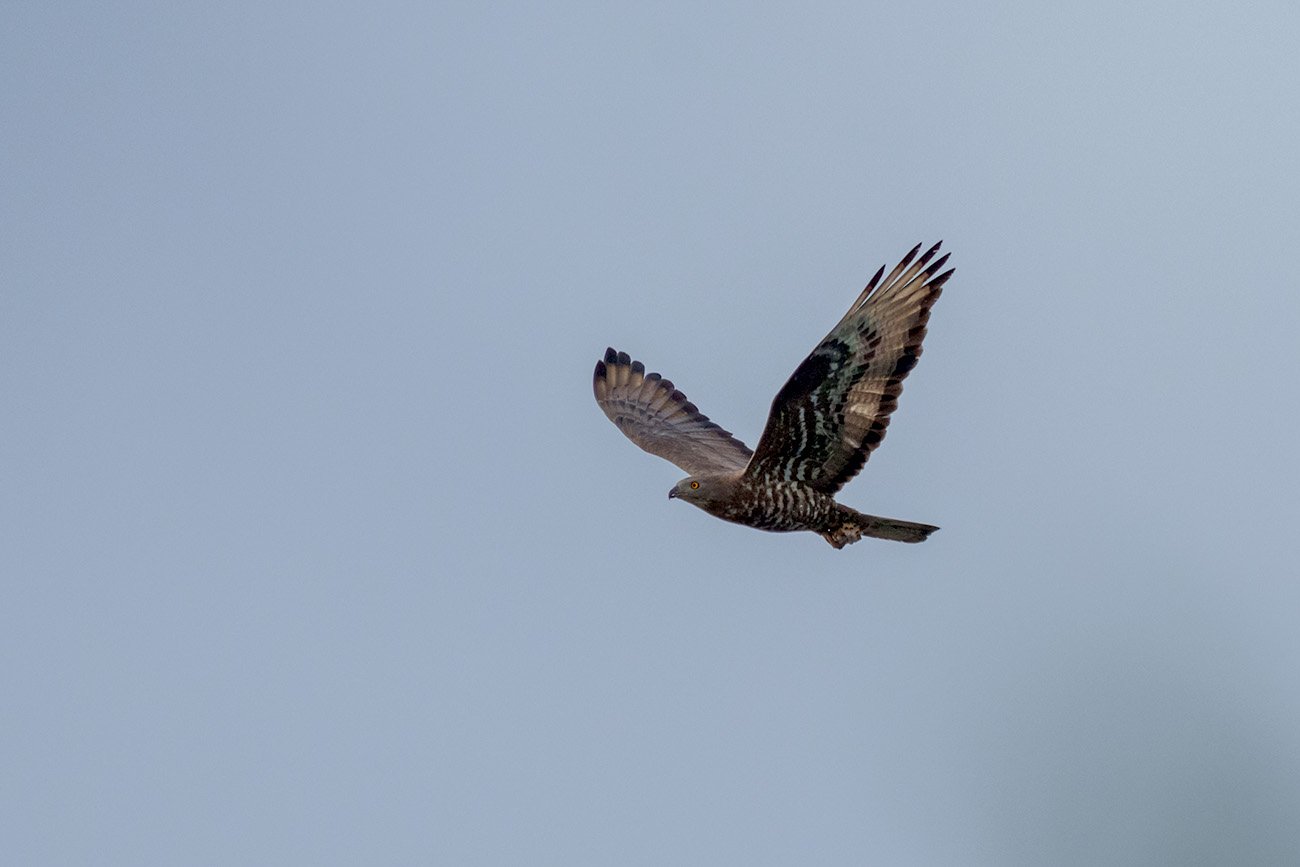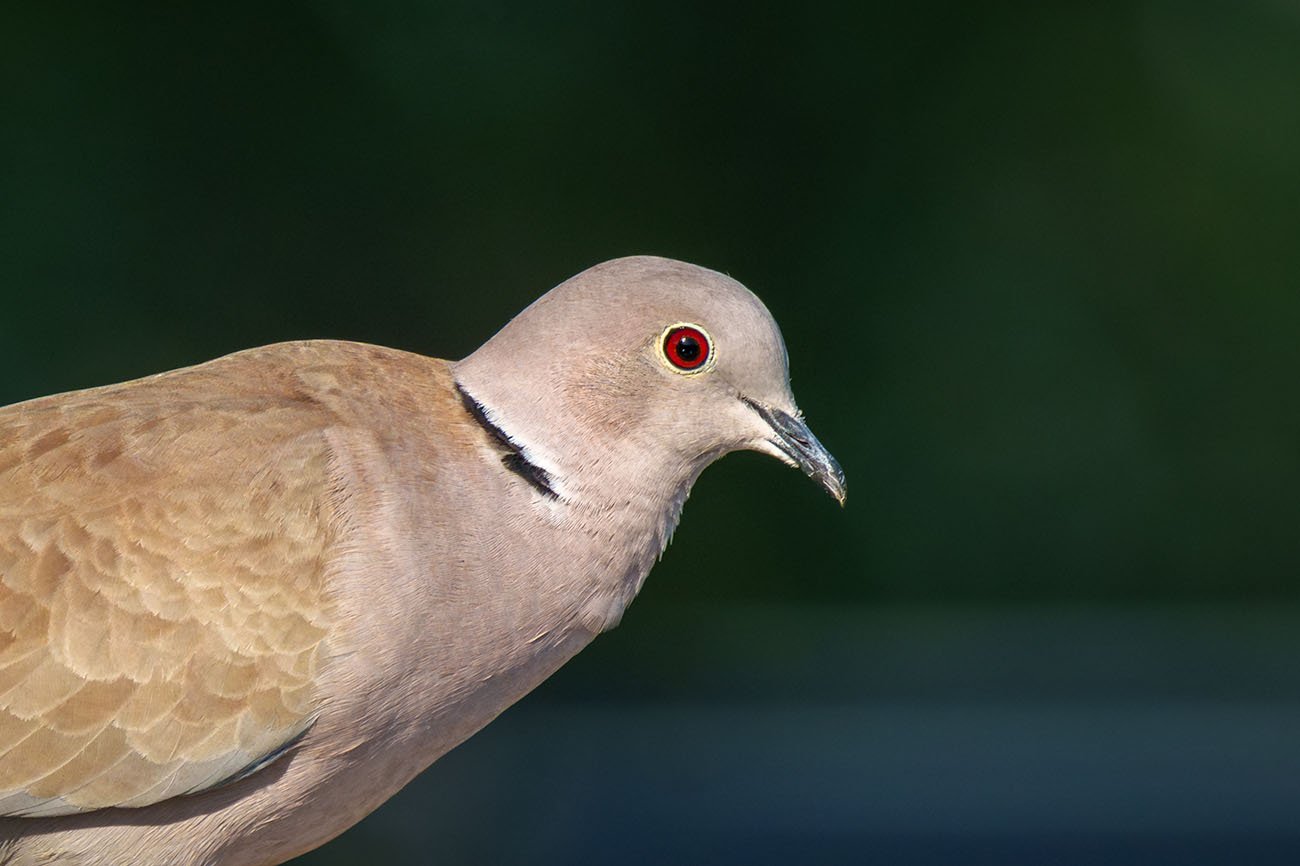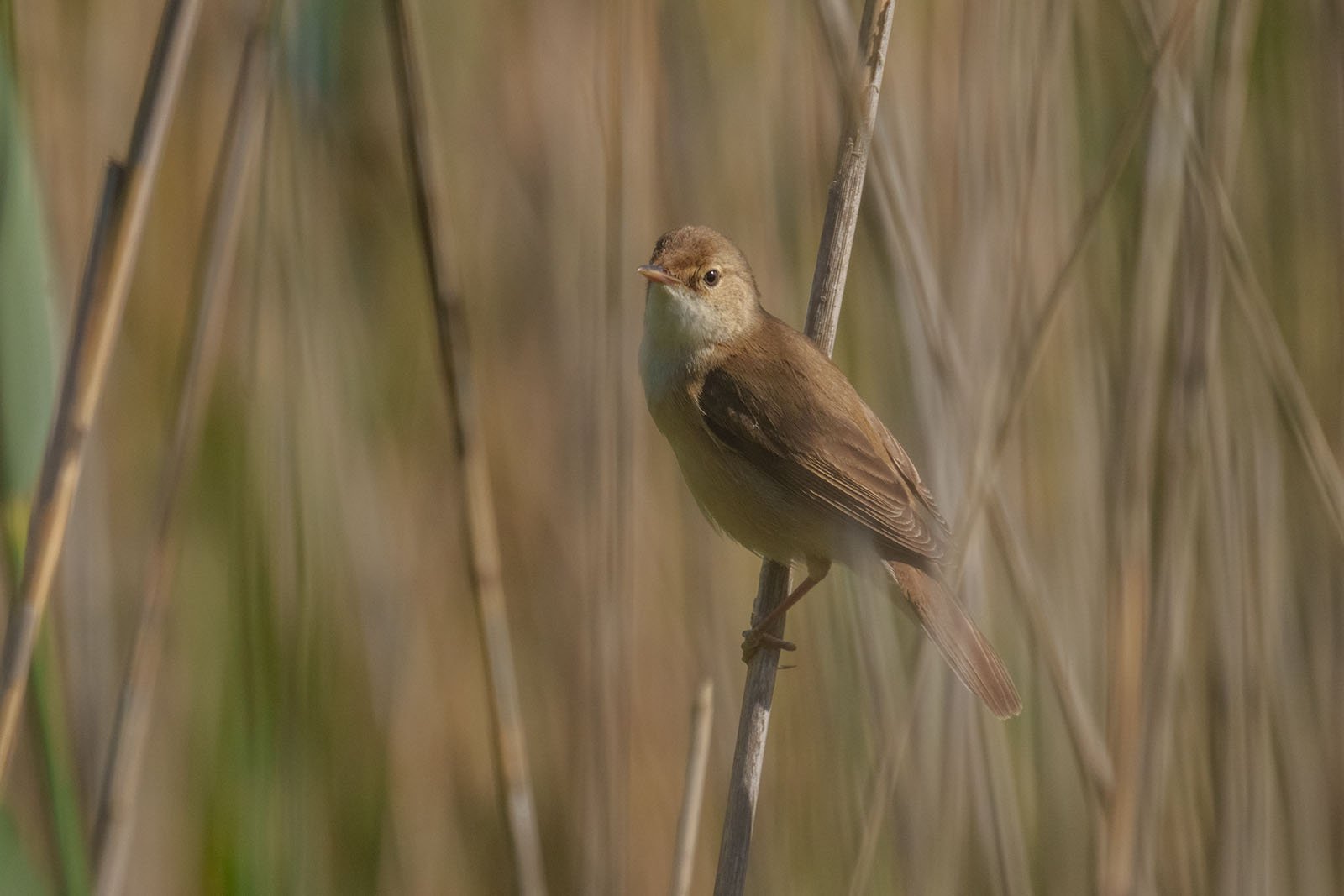Willow warbler (Phylloscopus trochilus)
Willow Warbler (Phylloscopus trochilus) between flowering willow catkins at sunrise
Key Facts:
- Size: 11–12.5 cm
- Characteristics: Pale legs, slender build, delicate yellow coloring on throat and chest
- Habitat: Woodlands with dense undergrowth, riverine forests, parks, and gardens
- Breeding: Round “oven-like” nest near the ground made from grass and moss
- Diet: Insects, insect larvae, and spiders
The Willow Warbler (Phylloscopus trochilus) – A Delicate Songbird of the Woodland Edge
Table of Contents
- Introduction: The Willow Warbler – A Master of Camouflage
- Identification: How to Recognize the Willow Warbler
- Habitat and Range: Where the Willow Warbler Lives
- Behavior and Song: A Melodious Harbinger of Spring
- Breeding: A Well-Hidden Ground Nest
- FAQ: Common Questions About the Willow Warbler
- Shortlist – Color Features
1. Introduction: The Willow Warbler – A Master of Camouflage
The Willow Warbler is a small, slender songbird with subtle yellow and brown tones that help it blend into its surroundings. Despite its understated appearance, it is a common resident of light woodlands, parks, and hedgerows. Its soft, melodious song is a signature sound of spring in these habitats. Although it closely resembles the Chiffchaff, the Willow Warbler can be distinguished by its lighter legs and gentler song.
2. Identification: How to Recognize the Willow Warbler
The Willow Warbler measures around 11 to 12.5 cm and displays a delicate, yet distinctive coloration:
Feathers:
The upperparts of the Willow Warbler are olive-brown, while the underparts are a soft yellow that fades to almost white on the belly. A yellowish eye stripe extends from the base of the bill to behind the eye, giving the bird a watchful expression. The chest and throat have a gentle yellow tint, while the belly is nearly white. This blend of colors helps the bird stay well camouflaged in its environment.Beak:
The beak is slender, pointed, and light brown-gray, perfectly suited for picking small insects, which make up the majority of its diet.Eyes:
The dark eyes stand out against the pale eye stripe, giving the Willow Warbler an alert and lively appearance.Feet:
The legs are pale, often light yellow or beige, which is an important feature for distinguishing it from the Chiffchaff, which has darker legs.
3. Habitat and Range: Where the Willow Warbler Lives
The Willow Warbler prefers light deciduous and mixed woodlands with plenty of undergrowth. It is also found in riverine forests, gardens, and parks. Areas with low vegetation, such as hedgerows or waterside thickets, offer ideal conditions for this bird. During the breeding season, it often stays close to the ground, where it carefully conceals its nest.
4. Behavior and Song: A Melodious Harbinger of Spring
The Willow Warbler is an active insect hunter that forages in the lower layers of forests. Its melodious, flute-like song, characterized by soft, descending phrases, is one of its most distinguishing features. This gentle song sets it apart from the Chiffchaff, which produces shorter, harsher notes. The Willow Warbler is particularly vocal during the breeding season, using its song to establish its territory and attract mates.
5. Breeding: A Well-Hidden Ground Nest
The female builds a carefully hidden nest close to the ground, often in dense grass or beneath low shrubs. The round, oven-like nest is made from grass, moss, and leaves, and is well camouflaged on the outside. The breeding season starts in spring, with the female typically laying five to seven eggs. The chicks hatch after about two weeks and are fed by both parents until they are ready to leave the nest.
6. FAQ: Common Questions About the Willow Warbler
1. Where is the best place to observe the Willow Warbler?
The Willow Warbler is found in light woodlands, parks, and gardens with plenty of undergrowth. Its song is especially easy to hear in these areas during spring and summer.
2. What does the Willow Warbler mainly eat?
The Willow Warbler’s diet consists mostly of insects, larvae, and spiders. Protein-rich food is especially important during the breeding season.
3. How can you tell the Willow Warbler from the Chiffchaff?
The Willow Warbler has paler legs and a softer, more melodic song. Its yellowish eye stripe is also more pronounced.
4. Where does the Willow Warbler build its nest?
The nest is hidden close to the ground, usually in dense grass or beneath shrubs. It is round and made from grass, moss, and leaves.
5. When is the best time to hear the Willow Warbler?
The Willow Warbler is most vocal during spring and early summer. Its melodic song is commonly heard in light woodlands and parks during this time.
7. Shortlist – Color Features
Feathers:
- Upperparts: Olive-brown
- Underparts: Yellowish to white
- Head: Yellowish eye stripe
Beak:
- Thin, pointed, light brown-gray
Eyes:
- Dark, highlighted by the pale eye stripe
Feet:
- Light yellow to beige
The Willow Warbler is a charming bird that stands out with its delicate song and subtle camouflage. For nature enthusiasts, spotting this small bird in spring while listening to its melodic calls is a delightful experience.


